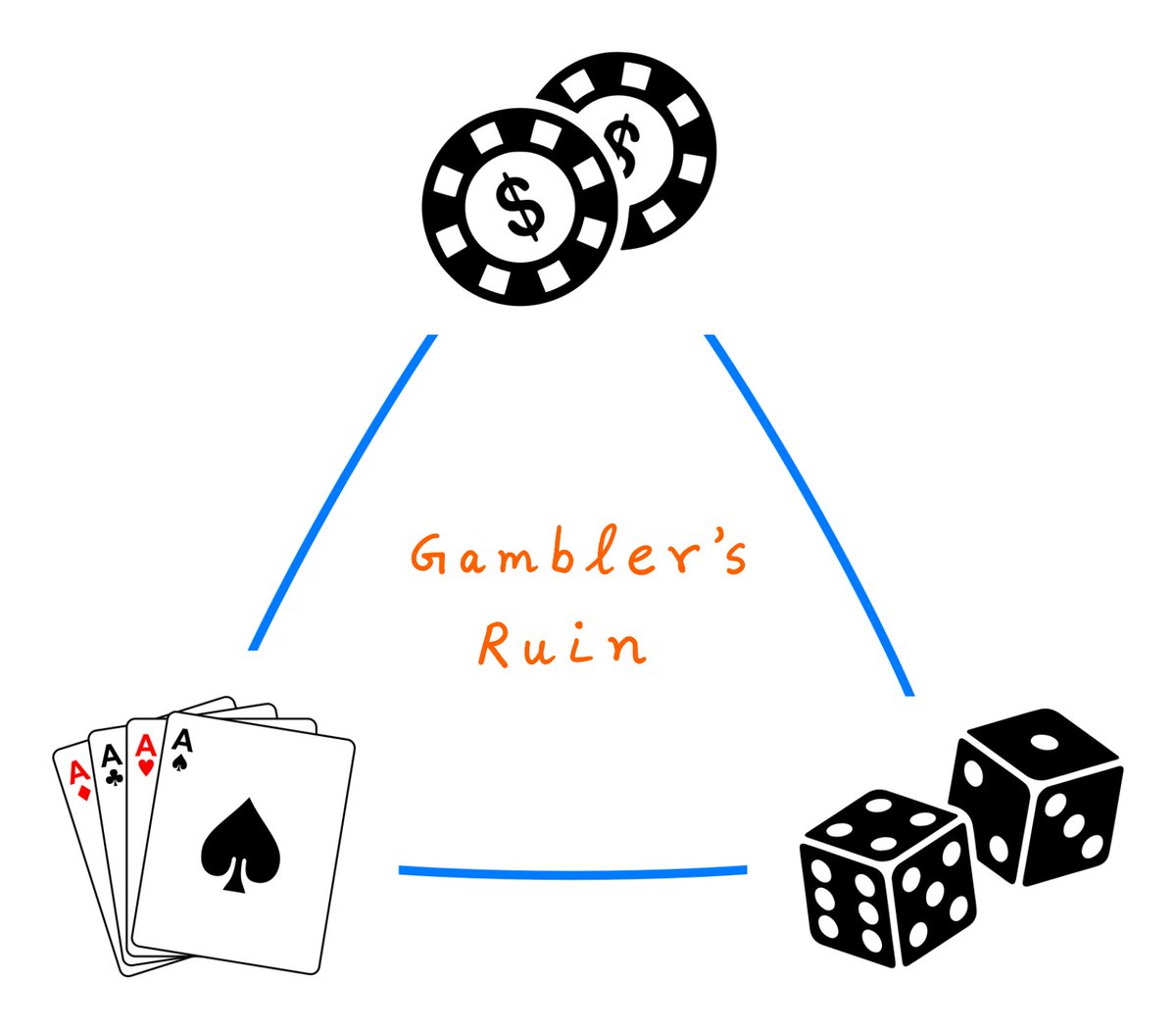Folks, here are the highlights of our latest Money Concepts episode.
We met on Sunday via @getcallin. We talked about Financial Independence, diversification, value vs growth, and more.
👇👇👇
We met on Sunday via @getcallin. We talked about Financial Independence, diversification, value vs growth, and more.
👇👇👇
Highlight #1
The inspiring story of Mr. Ronald Read -- a janitor who amassed an $8M fortune by starting early, saving diligently, and investing responsibly.
With good planning and execution (and a bit of luck), Financial Independence can be within reach for most of us.
The inspiring story of Mr. Ronald Read -- a janitor who amassed an $8M fortune by starting early, saving diligently, and investing responsibly.
With good planning and execution (and a bit of luck), Financial Independence can be within reach for most of us.
Highlight #2
There's a strong law of diminishing returns to diversification.
There's a strong law of diminishing returns to diversification.
Highlight #3
Warren Buffett: The King of Diversification
Warren Buffett: The King of Diversification
Highlight #4
Even if we invest ONLY in US stocks, our portfolio may carry significant international exposure.
Even if we invest ONLY in US stocks, our portfolio may carry significant international exposure.
Highlight #5
"Value" is NOT just "Low P/B" or "Low P/E".
In fact, such simplistic definitions of value may partly explain why "value" has been under-performing "growth" lately.
"Value" is NOT just "Low P/B" or "Low P/E".
In fact, such simplistic definitions of value may partly explain why "value" has been under-performing "growth" lately.
Highlight #6
"Blue Chip" stocks may not stay that way for long.
The longer these businesses are able to safeguard their "moats", the more cash they can return to their owners before death eventually strikes.
"Blue Chip" stocks may not stay that way for long.
The longer these businesses are able to safeguard their "moats", the more cash they can return to their owners before death eventually strikes.
If you liked these highlights, and want to listen to the full ~1 hour, 45 minute recording, here it is:
callin.com/link/BVNfekhqZh
callin.com/link/BVNfekhqZh
About Money Concepts
We're a virtual investing club. Our goal is to help each other become better investors.
We meet Sundays at 1pm ET via @getcallin, to discuss all things investing.
Join us. Get the app. Subscribe. Tell your friends.
It's FREE.
callin.com/?link=DftUtOET…
We're a virtual investing club. Our goal is to help each other become better investors.
We meet Sundays at 1pm ET via @getcallin, to discuss all things investing.
Join us. Get the app. Subscribe. Tell your friends.
It's FREE.
callin.com/?link=DftUtOET…
• • •
Missing some Tweet in this thread? You can try to
force a refresh











